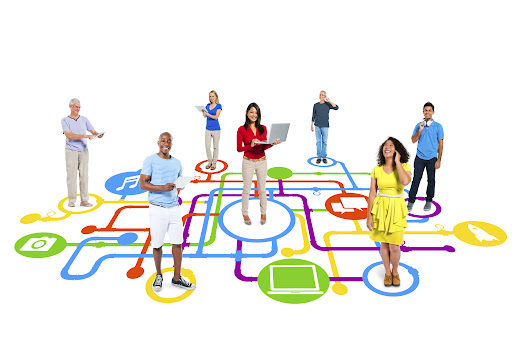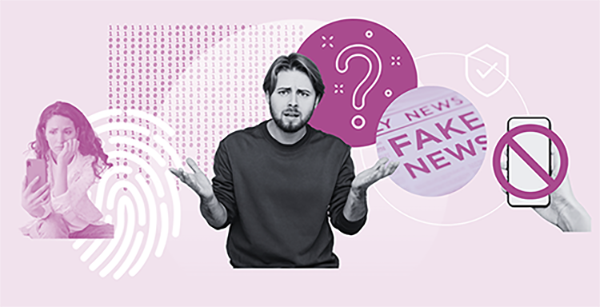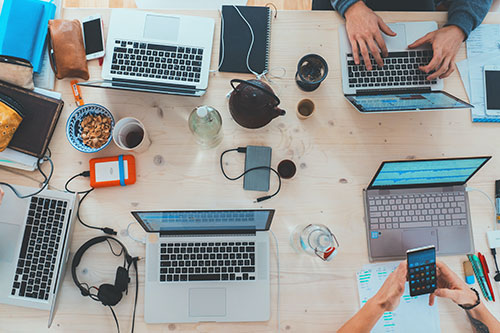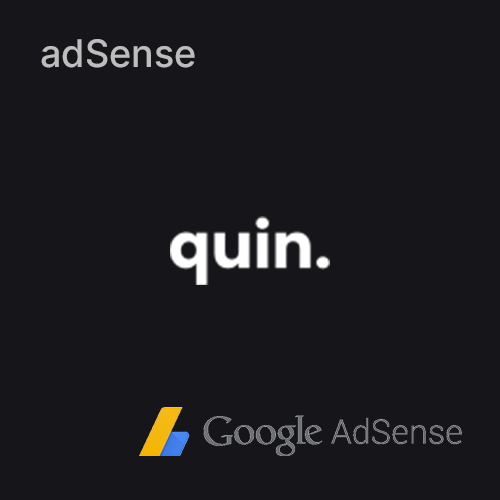The Double-Edged Sword of the Digital Age
In less than two decades, social media has transformed from a novelty into a cornerstone of modern communication. Platforms like Facebook, Instagram, X (formerly Twitter), TikTok, and LinkedIn have reshaped how we connect, communicate, consume information, and even perceive ourselves. But as our screens glow with notifications and curated content, it's worth taking a step back to reflect on what social media is truly doing for—and to—us.
The Rise of the Social Web
Social media began as a way to stay in touch with friends and family. Early platforms like MySpace and Friendster laid the groundwork, but it wasn’t until Facebook's launch in 2004 that the social web became mainstream. Fast forward to today, and billions of people are using social media not just to socialize, but to shop, work, learn, and advocate for change.
What was once a tool for personal expression is now a powerful medium that influences everything from politics to pop culture.
The Positives: Connection, Creativity, and Community
There’s no denying the benefits social media has brought:
Global Connectivity: You can maintain relationships across continents, reconnect with childhood friends, or join niche communities that share your passions.
Creative Expression: Artists, musicians, writers, and entrepreneurs use social media as a canvas—and as a marketplace—to reach audiences they never could before.
Social Movements: Platforms have become critical tools for raising awareness and mobilizing for causes, from climate action to racial justice.
In many ways, social media has democratized communication, giving everyone a voice.

The Dark Side: Anxiety, Addiction, and Algorithms
However, the same platforms that bring us closer can also drive us apart—or deeper into ourselves:
Mental Health Strain: The constant comparison to curated lives can fuel feelings of inadequacy, anxiety, and depression.
Addiction by Design: Infinite scroll, likes, and notifications are not accidental—they’re engineered to keep you hooked.
Echo Chambers and Misinformation: Algorithms prioritize content that engages us, which often means content that provokes, outrages, or misleads.
As users, we’re both the product and the participant in a system that can manipulate our attention and emotions.

Tips for Mindful Social Media Use
To enjoy the upsides while mitigating the downsides, consider the following:
Set Boundaries: Limit screen time and use app timers if needed.
Curate Your Feed: Unfollow accounts that make you feel worse, and follow those that uplift or educate you.
Be Intentional: Before you open an app, ask yourself why. Are you bored? Avoiding something? Looking for inspiration?
Take Breaks: Digital detoxes—even for a day—can help you reset.
Fact-Check: Don’t take headlines or viral posts at face value. Use reliable sources and be cautious about what you share.
Final Thoughts
Social media is neither inherently good nor bad—it’s a tool, and its impact depends on how we use it. By approaching it with awareness and intention, we can reclaim control over our digital lives and use these platforms in ways that enrich rather than drain us.
So the next time you find yourself scrolling, take a moment. Ask yourself: Is this helping me connect, create, or learn? Or am I just filling space?
The answer might just help you log off—and live a little more offline.





